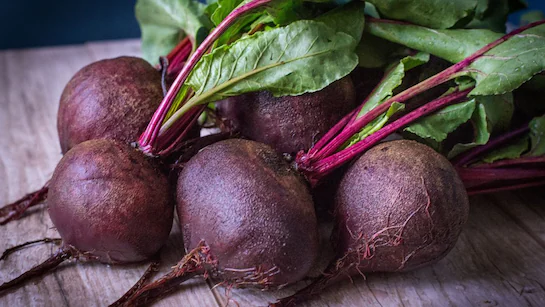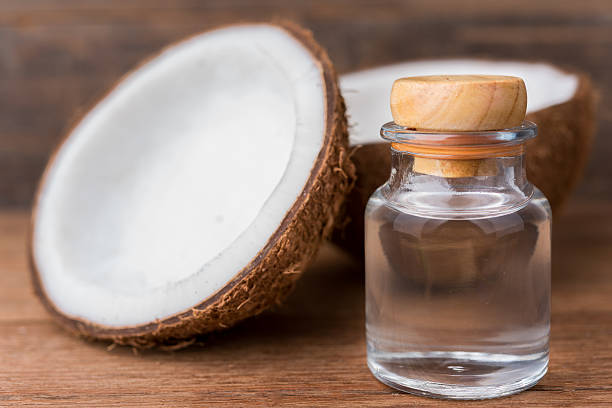Aloe: Skin wizardry.
SKIN MAGIC : Aloe vera is probably one of the most widely used herbal remedies for topical skin conditions. This is because the gel-like components of the plant are known to heal the skin from a variety of minor ailments.
There is more than one kind of aloe, with an estimated 420 different species. The most commonly used form for skin conditions is a plant called aloe barbadensis. Aloe vera is used as a topical gel, which is made from the gel-like substance inside the plant’s leaves. It’s also possible to use the leaves directly by breaking them apart and pressing out the gel. However, it’s much easier to use gel that’s ready to go, especially in the case of emergency burns and wounds. OTC aloe gel may also contain other skin-soothing ingredients, such as echinacea and calendula.
If you’re dealing with a chronic skin condition, it’s a good idea to check with your dermatologist before applying any products to your face. Talk to your doctor about the following benefits of aloe. : Minor burns: Apply aloe vera gel to the affected area up to three times daily. You may also need to protect the area with gauze. Sunburn: While aloe vera helps soothe sunburn, research shows that it’s not an effective way to prevent sunburn, so wear sun protection.
Small abrasions: If you’ve scuffed up your chin or forehead, you can apply aloe vera to the area for quick relief from pain and burning sensations. Use three times per day. Cuts: If you’re used to grabbing Neosporin for a minor cut, consider trying aloe vera instead. Its molecular structure helps heal wounds quickly and minimizes scarring by boosting collagen and fighting bacteria. Apply up to three times per day.
Dry skin: Aloe vera gel absorbs easily, making it ideal for oily skin. However, it can help treat dry skin, too. Consider swapping out your regular moisturizer for aloe after bathing to help seal moisture into your skin.
Frostbite is a serious condition that requires emergency medical treatment. While aloe vera gel has been used historically as a frostbite remedy, ask your doctor first before trying it.
Cold Sores: Unlike canker sores, cold sores develop on the outside of your mouth. Aloe vera may help treat the herpes virus, which is also the underlying cause of cold sores. Apply a small amount of the gel to your cold sore twice daily until it goes away.
Eczema: The moisturizing effects of aloe can help alleviate dry, itchy skin associated with eczema. Aloe vera gel may also help alleviate seborrheic dermatitis. While this oily form of eczema is most often found in the scalp, it can also affect parts of your face and behind the ears as well.
As with eczema, aloe vera may help alleviate inflammation and itchiness from Psoriasis. For best results, apply aloe vera gel twice daily to the affected area of skin.
Acne: Due to the anti-inflammatory effects of aloe vera, the gel may help treat inflammatory forms of acne, such as pustules and nodules. Apply the gel with a cotton swab directly to the pimple three times daily.
The insides of an aloe plant’s leaves are the most potent form. However, not everyone has an aloe plant. OTC products work just as well. For the best results, look for a gel that lists aloe vera as its main ingredient. The gel itself has moisturizing elements to protect and heal the skin.
You may also consider steering clear of aloe vera if you have a severe burn or other significant wounds. In fact, there’s even some evidence that aloe may decrease your skin’s natural ability to heal from deep wounds related to surgery. Some users may experience itching or slight burning as the aloe vera goes to work in your skin. However, if you experience a rash or hives, you could have a sensitivity to the gel and should stop using it immediately.
Don’t use aloe vera gel on infected skin. While the gel has microbial properties, its protective layer can disrupt the healing process and make an infection worse.




